Most burn injuries can be managed on an outpatient basis by primary care physicians. Prevention efforts can significantly lower the incidence of burns, especially in children. Burns should be managed in the same manner as any other trauma, including a primary and secondary survey. Superficial burns can be treated with topical application of lotions, honey, aloe vera, or antibiotic ointment. Partial-thickness burns should be treated with a topical antimicrobial agent or an absorptive occlusive dressing to help reduce pain, promote healing, and prevent wound desiccation. Topical silver sulfadiazine is the standard treatment; however, newer occlusive dressings can provide faster healing and are often more cost-effective.
Physicians must reevaluate patients frequently after a burn injury and be aware of the indications for referral to a burn specialist. Application of a topical antimicrobial agent to a burn wound is now a standard intervention that contributes to improved outcome following burn injury. However, the wide variety of available agents makes the choice of an appropriate agent quite challenging, especially in children with burns. Topical antimicrobial agents for the burn wound were developed in the 1950s and 1960s to deal with the problem of invasive infection of the burn wound. Invasive infection of the burn wound leading to sepsis and death was commonplace . Aside from the recognized threat of burn wound sepsis, burn wound infections also may lead to wound conversion, skin graft failure, and prolonged hospitalization.
The introduction of topical antimicrobial agents was a major advancement in burn care and proved to be responsible for important reductions in mortality from burn wound sepsis . Therefore, regardless of burn depth, topical antimicrobials are most importantly indicated when there is clinical suspicion of risk of infection, or when a wound infection is evident. The deep second-degree burn in a child poses a more difficult challenge. The difficulty mainly arises from our imprecision in diagnosing this burn depth. However, If the burn is truly a deep partial-thickness wound, there is a higher risk of a burn wound infection and early excision and grafting is the recommended approach. In this case, there is less concern over inhibiting spontaneous healing, and the risk to benefit ratio of standard topical antimicrobials such as silver nitrate, SSD, and mafenide acetate is lower.
One practical consideration in this scenario is that SSD and mafenide cream leave a pseudoeschar on the wound which makes ongoing assessment of the burn depth even more difficult. This problem could be avoided with the 5% mafenide acetate solution. Antiseptic solutions such as Dakin's or acetic acid may also be considered but are less conventional.
Nanocrystalline silver-releasing dressings such as Acticoat® may also be a useful option as they require less frequent changes and do not produce a pseudoeschar. Many topical antimicrobial agents are cytotoxic to keratinocytes and fibroblasts, and as such have the potential to delay wound healing . In practical terms, among more superficial burns that are expected to heal on their own, it is more important to strike this balance. In these burns the goal is healing within 2–3 weeks of injury to reduce the likelihood of hypertrophic scarring . Neosporin + Burn Relief Dual Action Ointment is an antibiotic ointment that provides infection protection and helps soothe minor burn pain. Formulated for first aid wound treatment, it contains bacitracin zinc, neomycin sulfate, and polymyxin B sulfate for antibiotic care of minor burns and wounds.
The topical analgesic ointment is also formulated with pramoxine hydrochloride to help soothe and reduce burn pain for maximum-strength relief. From the #1 doctor-recommended brand, this antibiotic and pain relief ointment provides maximum strength relief without any sting forburn treatment, including cooking burns. Neosporin + Burn Relief Dual Action Ointment is a wound care essential to include in any burn care first-aid kit.
When diagnosing a burn, a doctor evaluates the depth and extent of the damage, the degree of pain, the amount of swelling, and signs of infection. Doctors classify the burn based on the depth and extent of the injury. In the emergency room, all wounds are wrapped with sterile cloths. People with burns are also evaluated for associated injuries .
Doctors may also conduct tests to determine whether the wound is infected. Third-degree and more severe burns damage both layers of the skin and may also damage the underlying bones, muscles, and tendons. Sometimes there is no pain because the nerve endings under the skin are destroyed.
This surgery, done with general anesthesia, removes the injured skin and replaces it with healthy skin from an uninjured area of the body. Full thickness burns that are not grafted may take months or even years to heal. Burn survivors may have a combination of first, second, and third degree burns. Talk with your health care providers to better understand your specific injuries. This capability was originally harnessed to successfully counter the problem of invasive burn wound infection and fatal septicemia from gram-negative species, especially Pseudomonas . The agent was initially produced as an 11% cream, but is also available as a 5% aqueous solution.
The most common use of mafenide acetate is for deep or infected burns where penetration of the antibiotic into the eschar is advantageous. For the same reason, the cream is also used for deep burns of the ear to prevent invasive infection leading to suppurative chondritis of the ear cartilage . More recently, 5% and even 2.5% MA solution have been used in all phases of burn wound care including application to unexcised burns and as a postoperative irrigation on freshly applied skin grafts . No trials reported change in wound surface area over time or partial wound healing.
There is low-certainty evidence for the secondary outcomes scar quality and patient satisfaction. Two studies assessed pain but it was incompletely reported. An antibiotic ointment contains an antibiotic within a water-in-oil emulsion where the volume of oil exceeds that of the water. Thus, such ointments provide not only an antibacterial effect but also they create a moist wound healing environment. Hence, these agents are optimally suited for superficial burns where spontaneous healing is expected.
While the spectrum of bacterial coverage tends to be limited, these agents are relatively free of complications. In general, the ointments are applied two to three times daily as a thick layer for moisture retention and then are covered with a non-adherent dressing layer followed by gauze . Mostly they are soothing to apply, easier to clean off than creams such as SSD, and tend to be reasonably well tolerated by children. One problem with MA is its lack of antifungal activity.
Addition of nystatin to MA is used to avoid fungal overgrowth with prolonged use of MA. Another disadvantage is that MA is painful on application, especially on more superficial wounds. To some extent, this problem has been reduced by using the 5 and 2.5% solutions . Like other topical antimicrobials, MA is cytotoxic to fibroblasts and keratinocytes and may impede wound healing.
In vitro studies suggest that concentrations as low as 0.1% are toxic to these cells . Another adverse effect is that MA is a carbonic anhydrase inhibitor and may cause severe metabolic acidemia with compensatory hyperventilation when it is repetitively applied to large surface areas. For this reason, mafenide acetate cream is usually reserved for smaller deep burns, or it is alternated with SSD on larger burns. Acid-base disturbances were not seen with use of the 5% solution in a study of nearly 700 adult and pediatric burn patients . Finally, MA may occasionally cause a local rash or skin irritation . Since superficial burns have a preserved blood supply and perfusion through much of the dermis, they typically will become colonized but less frequently develop invasive burn wound infections.
In contrast, deeper burns are covered by an avascular layer of moist and protein-rich dead skin , which fosters bacterial proliferation and invasion, leading to burn wound infection. Furthermore, generalized immunosuppression associated with major burn injuries predisposes the patient to local burn wound infection. When bacteria in the eschar penetrate surrounding uninjured tissues and invade the bloodstream, fatal sepsis may result. Hence, there is an important need to suppress bacterial growth with topical agents, especially in deeper burns, to prevent invasive burn wound infection and its life-threatening consequences. Single studies showed contrasting low-certainty evidence. Many people mistakenly apply ice to burns because it feels soothing, but ice can cause more harm than good in burn cases.
Ice should not be applied to burns as it may cause nerve damage and frostbite, especially with more severe burns where the nerve may already be exposed. Using ice after the initial burn may slow the healing the process further and cause more damage to the surrounding skin. Instead of ice, run cold water over the burn for several minutes following the initial burn. If you are unsure of first aid after a burn, it is always best to seek medical attention. Although early debridement and closure are strongly recommended for deep dermal and full-thickness burns, there are situations where early surgical excision cannot be performed.
Under these circumstances, the application of cerium nitrate , a salt compound of the rare earth element cerium, to these wounds may be beneficial. The first is that application turns burn eschar into a dry, hard, and adherent "shell" that protects the underlying wound from bacterial invasion. Eventually, when surgical excision of this cerium-hardened eschar is performed, the underlying granulation tissue is typically clean and suitable for grafting upon. The second effect is that cerium binds and inactivates the release of lipid protein complex which is a pro-inflammatory and immunosuppressive toxin produced when heat polymerizes skin proteins . However, older literature has found conflicting results with respect to CN's effects on mortality .
Paradoxically, many of the topical antimicrobial agents currently in use also have cytotoxic effects on keratinocytes and fibroblasts and have the potential to delay wound healing. Especially relevant to the pediatric burn patient are the antimicrobial agent's properties related to causing pain or irritation and the required frequency of application and dressings. This article will discuss the general principles surrounding the use of topical antimicrobials on burn wounds and will review the most common agents currently in use. Antibiotic (an-ti-bahy-OT-ik) ointments or creams are often used to prevent or treat infections in patients with second-degree burns. Using these ointments may require the use of bandages.
Your doctor can assist you in coordinating the dressing changes with your pain medication. Dressings can be soaked off with water in a sink or shower. The skin and the burn wound should be washed gently with mild soap and rinsed well with tap water.
Use a soft wash cloth or piece of gauze to gently remove old medications. A small amount of bleeding is common with dressing changes. Your doctor will decide on the appropriate dressing and ointment. This will be based on the location of the burn, the need to control drainage, and your comfort. Minor burns can usually be safely cared for at home. If you have a burn that covers a large area of your body, a deep burn or one that's on your face, hands, feet, groin, or on top of a major joint, see your doctor or health care provider right away.
Also see your doctor when a burn doesn't heal or if you see signs of infection like redness, swelling or drainage from the burn. Burns can also be more serious for a baby or a child under the age of four and adults over the age of 60 so be sure to seek the advice of a doctor. Always read the directions before using an ointment for burns or a first aid burn spray. Some products aren't suitable for children under the age of two.
In vitro, nanocrystalline silver dressings have shown antimicrobial activity against a broad spectrum of bacteria, antibiotic-resistant organisms, as well as yeasts and fungi . This might be especially beneficial in the pediatric burn population. Similar findings of reduced hospitalization and cost by use of outpatient nanocrystalline silver dressings as opposed to inpatient SSD for pediatric patients with scald burns have been reported . Similarly, there is conflicting evidence on whether silver-releasing dressings impede or promote re-epithelialization . Ice is not recommended as an initial treatment for burns because it can decrease circulation and make the burn worse. Do not put any food-based products on the burn as this may cause infection and make it more difficult to clean the wound.
Treat small burns with over-the-counter topical antibiotic ointment, like Polysporin or Neosporin, until healed. Burns heal better in a moist, covered environment. Single studies show low to very low-certainty effects of interventions. Low-certainty evidence shows that MEBO may slightly reduce time to complete wound healing compared with saline soaked dressing (MD –1.7 days, 95% CI –3.32 to –0.08; 40 participants). In addition, a cream containing Helix Aspersa may slightly increase the proportion of wounds completely healed at 14 days compared with MEBO (RR 4.77, 95% CI 1.87 to 12.15; 43 participants). There are many "advanced wound care products" available for burns.
These products don't require daily dressing changes and can be left in place until the wound heals. This can make pain control much easier and may decrease anxiety about wound care. These types of dressings include impregnated (im-PREG-neyt-ed) gauzes, foams, honey, and silver dressings.
Many of the currently available dressings are combinations of these categories. Your burn care team will determine the most appropriate product to use. They will also decide when to apply and remove it. Second-degree burns go through the second layer of skin, called the dermis (DUR-mis).
These burns cause pain, redness, and blisters and are often painful. Surgery may be necessary for very deep second degree burns or those that are slow to heal. If any signs of infection develop, patients should be referred to a burn unit. Third-degree burns ideally will undergo early surgical excision and closure. Here, the goal is to provide effective antimicrobial control to prevent invasive infection of the burn wound before surgical excision. Antimicrobial creams such as SSD or mafenide acetate are usually applied in this situation.
These agents require daily or twice-daily removal, reapplication, and re-dressing, which will necessitate appropriate analgesia, sedation, and the associated resources to provide this safely to a child. Nanocrystalline silver dressings are an alternative and have the advantage of reducing the number of dressing changes since these materials can be left intact for several days if they are kept moist. All burn wounds in children are initially treated by cleansing of the wound followed by application of a topical antimicrobial agent.
The choice of an agent is complicated by the wide variety of products that are available. In all cases, the goal is to achieve a stable healed wound within 2–3 weeks of injury. A 0.5% silver nitrate solution has been used as a topical antimicrobial agent for burn wounds for over half a century . Ionic silver dissociates from AgNO3 to effectively inhibit a broad spectrum of microorganisms on the burn wound including Staphylococcus species, some gram-negatives including Pseudomonas and some yeasts.
However, the liberated free silver ions readily precipitate with chloride and any other negatively charged molecules, inactivating the silver, and creating inert silver salts. Consequently, silver ions do not penetrate deeply into the eschar and must be frequently replenished by keeping the gauze dressings on the wound continuously wet with the 0.5% AgNO3 solution. Furthermore, these silver salts stain everything that they contact, from the wounds to the dressings to the patients' bed linens and room surfaces, with a brown-black residue.
Poor eschar penetration and labor intensiveness are considered the main drawbacks of AgNO3. Also, the margin between silver nitrate's antimicrobial activity and cytotoxicity is narrow; Moyer recognized that a 1% concentration of AgNO3 harmed re-epithelialization of partial-thickness burns . Bacterial conversion of nitrate to nitrite may rarely lead to methemoglobinemia . Propolis, a resin created by bees to build their hives, has been used historically to treat skin wounds. One study found that people given propolis to apply to minor burns healed as well as those treated with silver sulfadiazine, a prescription ointment. If you use propolis for a minor burn, test skin first for any reaction.


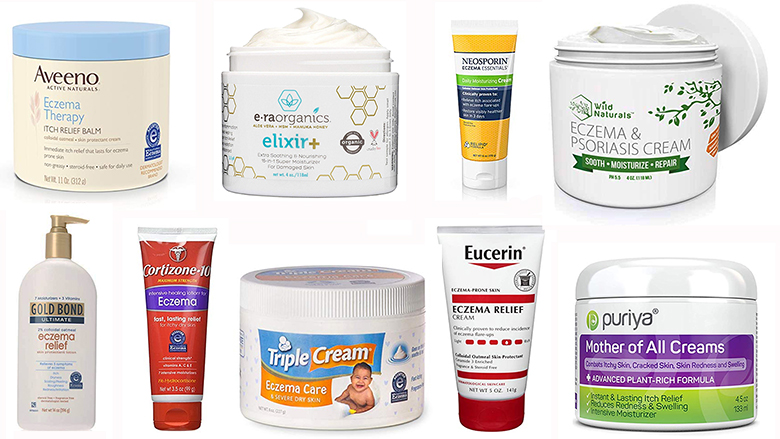




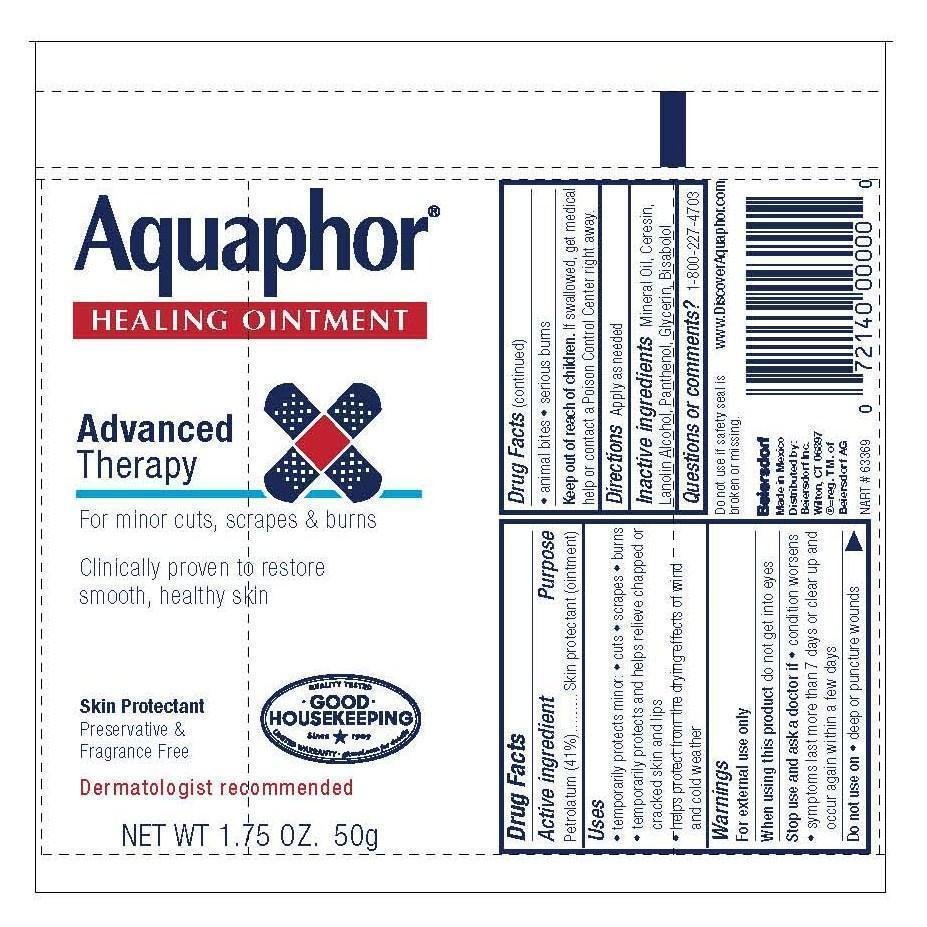
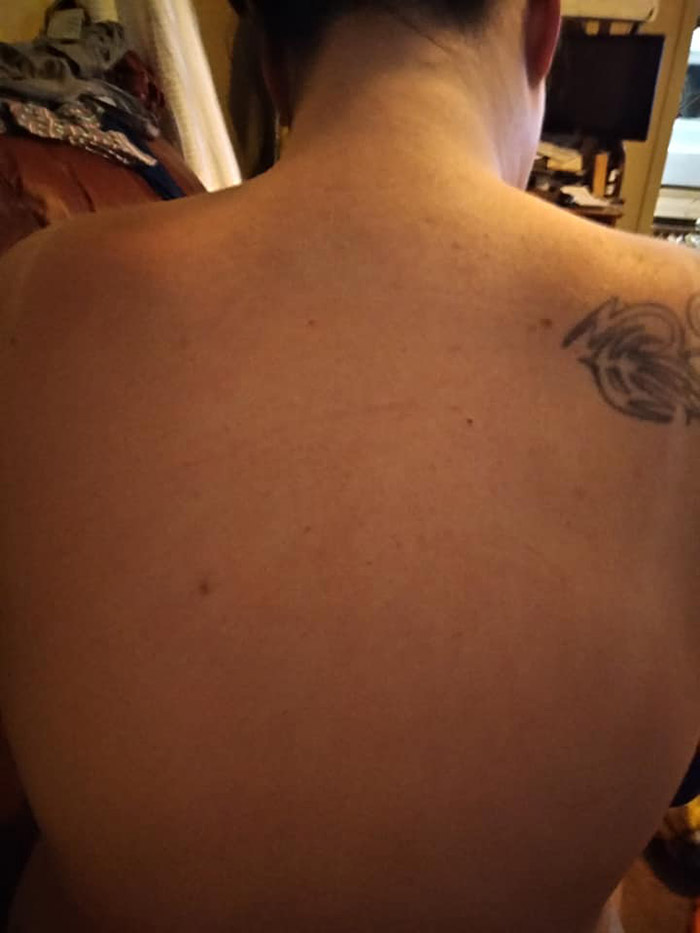

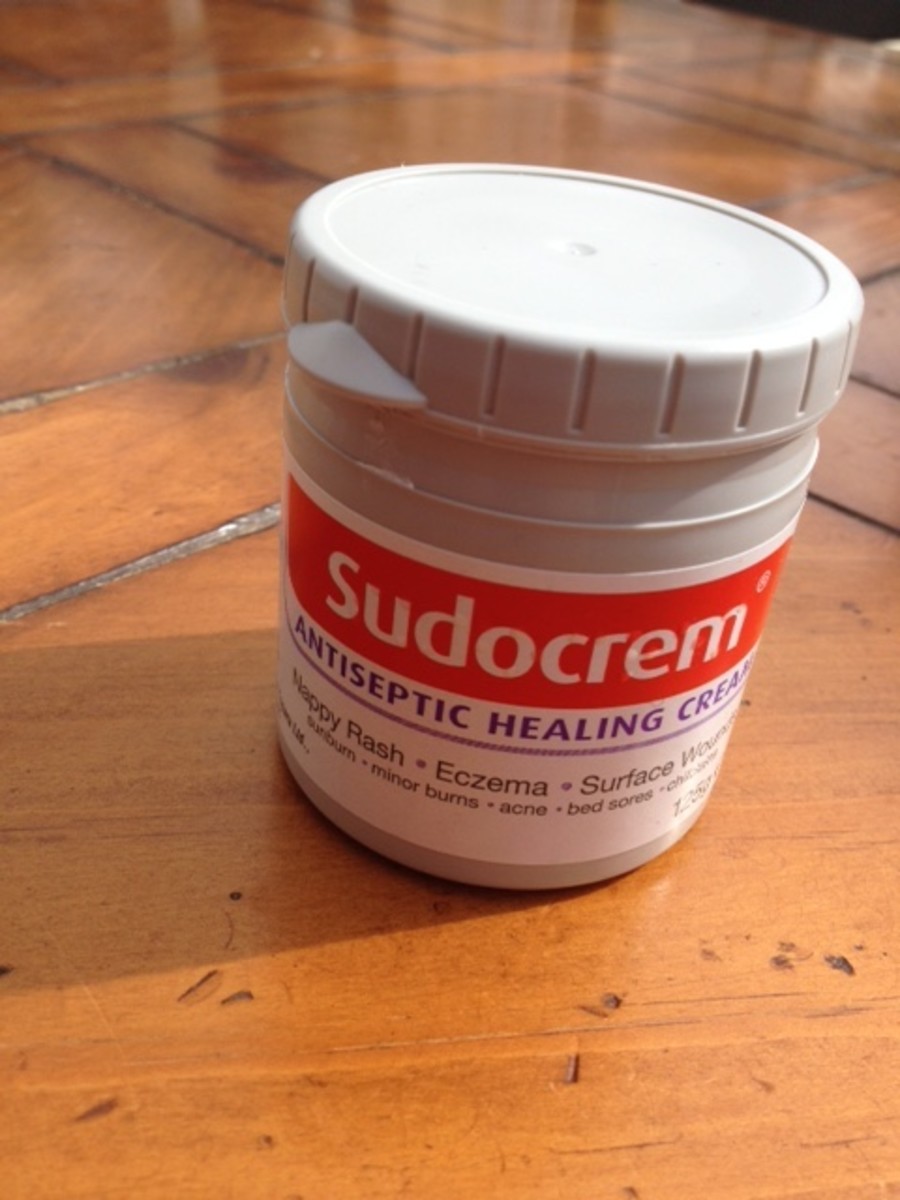




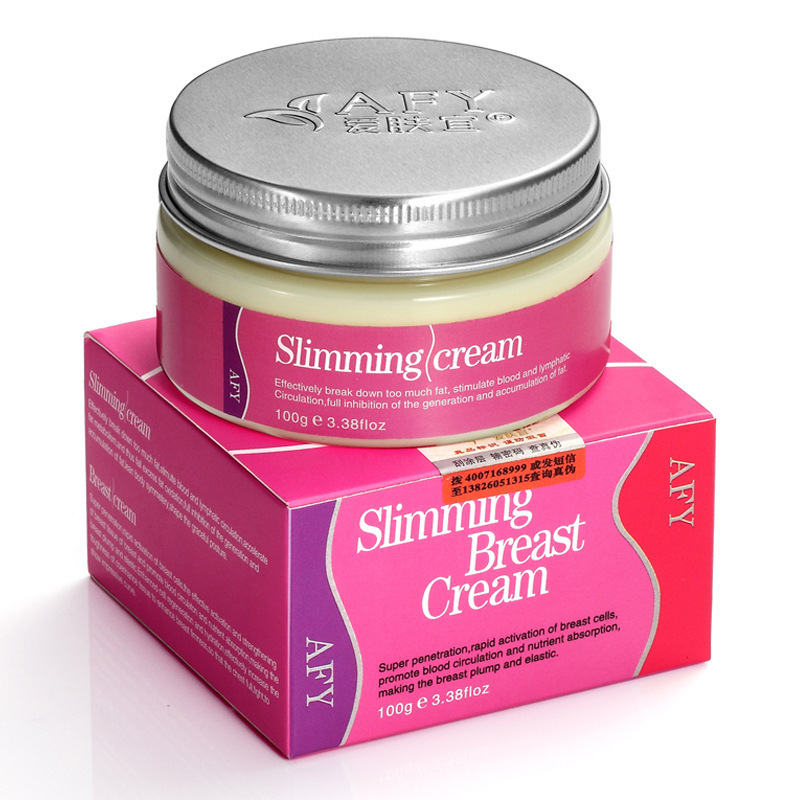










No comments:
Post a Comment
Note: Only a member of this blog may post a comment.